The Weird and Fascinating World of Early Yu-Gi-Oh! Games
An early look at one of gaming's most popular and long-lasting franchises
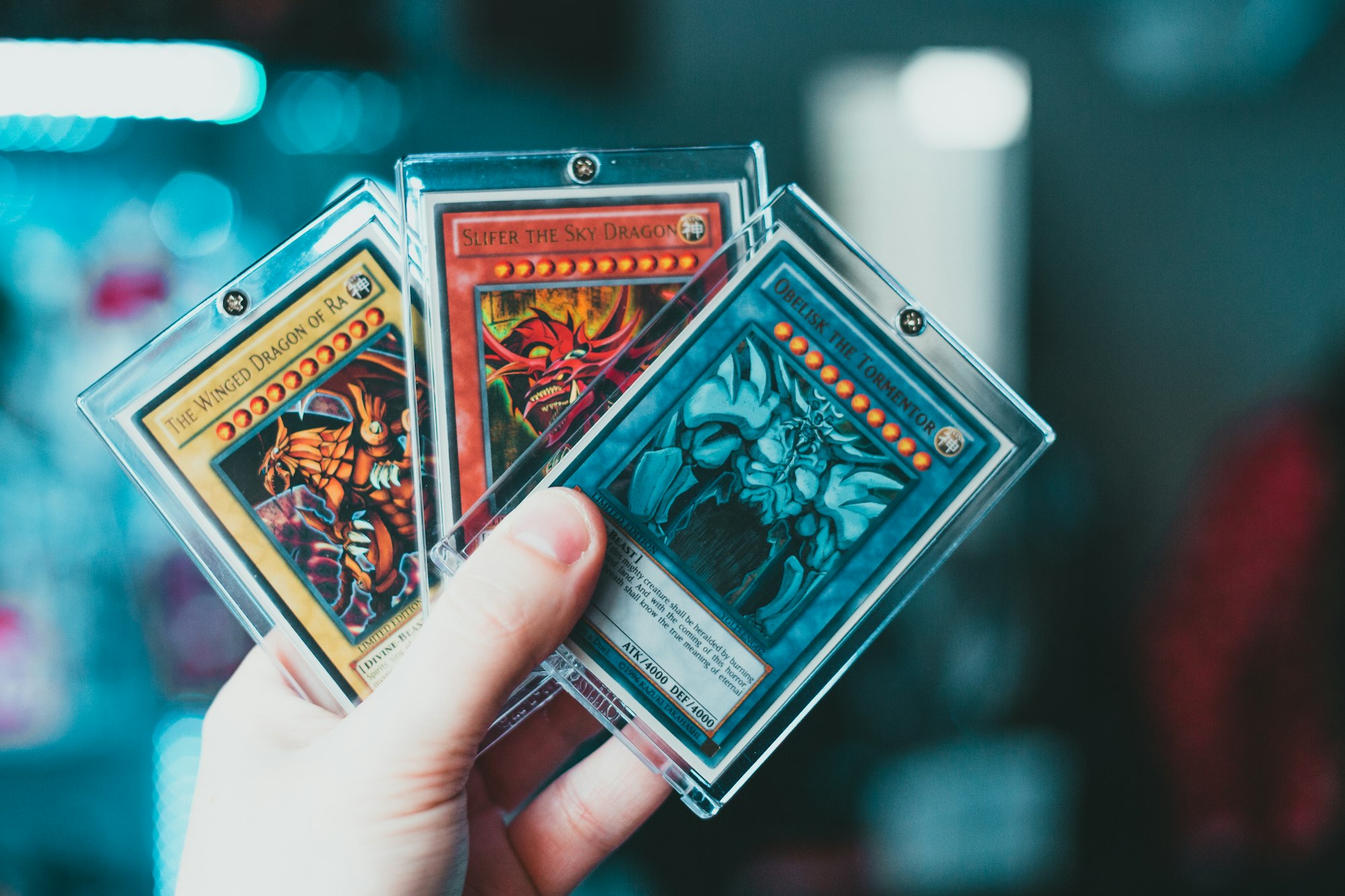
Perhaps there is no better-known card game franchise in the world than Yu-Gi-Oh! Created in 1996 as a manga by the late Kazuki Takahashi, Yu-Gi-Oh! started as something far different from what we know today. It follows the adventures of Yugi Mutou, a young fan of games who wishes to make friends. The manga showed how Yugi, with the help of the spirit of an old pharaoh, managed to make friends and became known as the King of Games.
Unexpectedly by Kazuki and Shueisha, responsible for the Shonen Jump magazine where the manga had its run, readers got caught up in one of the many games created for the story, Magic and Wizards, which later turned into Duel Monsters. A card game inspired by Magic: The Gathering, Duel Monsters became its own huge thing and its success attracted the attention of one giant from the gaming industry: Konami, who quickly got the rights to produce video games based on the IP.
Duel Monsters' influence in the Yu-Gi-Oh! franchise as a whole is a topic for another day. Not only did the success of such a game make Kazuki change his plans regarding the story of the manga, but it also influenced the whole of pop culture in Japan, with many franchises such as Pokémon and Digimon trying their hands in creating their card games.
Little is known, however, of how much Konami contributed to the creation of the Yu-Gi-Oh! we know today. While Kazuki was the creator and held much of the creative side in regards to how Duel Monster would play, Konami and its devs also had their hand in how to create a more balanced experience for players in real life to enjoy. While the company was helping Kazuki, they also took the chance to experiment with weird and crazy ideas that would slowly refine the card game into becoming what we know it as today. The first few years of Yu-Gi-Oh! in the gaming world were wild, and the first few games in the franchise showed how Konami was willing to experiment and evolve the series together with its fans.
The weird beginnings of Yu-Gi-Oh! video games
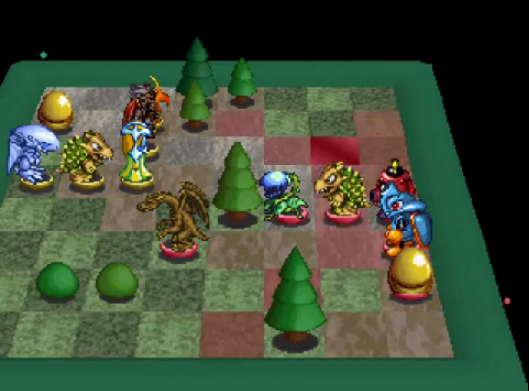
Yu-Gi-Oh! Monster Capsule: Breed and Battle was the first videogame ever created based on the Yu-Gi-Oh! IP. Developed by Konami in 1998 for the first PlayStation, Monster Capsule: Breed and Battle focused on the fictional game Capsule Monster, which is shown in the manga in Chapter 24. The game was closer to the original idea as shown in the manga and the Toei anime adaptation of it.
Although Capsule Monster had its premise and potential for a good game, the card game fame made sure that Konami's focus was on Duel Monsters, with a series of games soon being released on PlayStation and Game Boy.
By 1998, Kazuki had introduced Duel Monsters as a simple clone of Magic: The Gathering, with rules that were easy to understand and play. There were two types of cards: Monsters and Magic. Each player must have a deck with 40 cards, with matches starting with five cards on each player's hand and 2000 life points. The player who loses all their life points loses the game. Unlike the modern version of the game, there weren’t many complex monster effects or tributing to summon the powerful creatures, which made the initial version of Duel Monsters a game in which whoever summons their strongest monster first wins.
The simplicity in the first days of Yu-Gi-Oh! was used by Konami as a basis for its first game focused on Duel Monsters. Released a few months after Breed and Battle, Yu-Gi-Oh! Duel Monsters was available for the original Game Boy and brought what was shown in the manga to the monochrome screen.
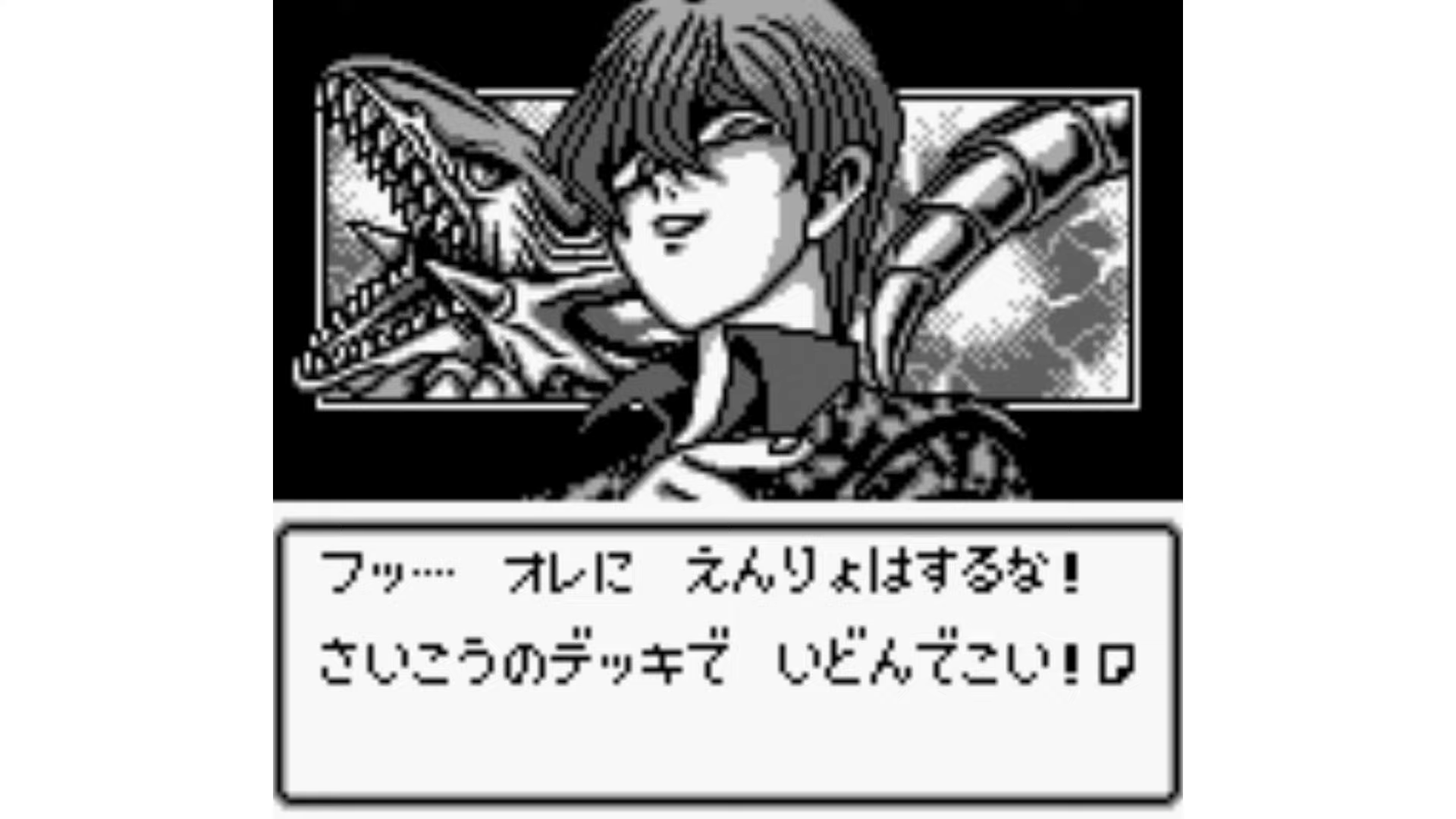
Being released before the card game even took shape in real life, the first Yu-Gi-Oh! video game had a few ideas that would show how Konami was approaching the game. Life points jumped from 2000 to 8000, players were forced to play one card per turn and there was a rudimentary fusion system where you could just try to mix and match monsters to get something else.
It's a simple system, which worked as a base while Konami and Kazuki were slowly trimming ideas on how to improve the game. 1999 would seem to be another big change in regards to the card game both in real life and in the gaming world. The first cards made by Konami started being sold in stores, and the 30-minute movie Yu-Gi-Oh! made by Toei appeared in cinemas. The focus of the story was much more on the Duel Monster card game, working as a blatant marketing push for the new cards.
In the gaming world, Konami released the second Duel Monster title for Game Boy Color, Yu-Gi-Oh! Duel Monsters II: Dark Duel Stories. Using much of the same ruleset of its predecessor, the game's additions to the rules were the introduction of a Deck cost system to try to limit what cards could be put into a player deck and the infamous affinity system, where the elements on cards would play a huge role in battles. Both systems would be met with some resentment from the players, especially the affinity system, but both would keep appearing in future titles in one form or another, till Konami decided to unify the rules for all Yu-Gi-Oh! media.
The second Duel Monsters game, however, was much more important in regards to how it affected the series as a whole going forward. Many of its mechanics were adapted to the real-life game, such as fusion materials. The game used a basic system of “ 1 element + 1 type of monster” to generate a new powerful card, which in the real-life Trading Card Game meant specific materials were based on the element and the monster type. The game also introduced Ishizu Ishtar, a character who would later be an important part of the original story, debuting in the game three months before her appearance in the story, although she has a more sinister role here.
But 1999 saw the release of another game in the Yu-Gi-Oh! franchise, whose influence was even more impactful than its Game Boy Color counterpart. This game was also one of the first titles to reach the other side of the ocean, being a game well remembered by those who followed Yu-Gi-Oh! at its peak. That game was Forbidden Memories for the PlayStation 1.
The game that shaped the future - Yu-Gi-Oh: Forbidden Memories
Yu-Gi-Oh! True Duel Monsters: Sealed Memories was released at the end of 1999 in Japan for the original PlayStation before the second anime, now focused on Duel Monsters, started airing. With the success of the anime overseas, Sealed Memories was released in 2002 in North America and some parts of Europe, making it the second Yu-Gi-Oh! video game to be released outside Japan.
Although Forbidden Memories was mostly a glow-up of Duel Monsters II, with better graphics, a robust story mode, and more cards, the game ended up being an important piece for the future of the series. It helped Yu-Gi-Oh! establish itself in the West, and more importantly, its story worked as a prototype for what would come soon in the manga.
Even though the game was still based on Duel Monsters II, Konami made some tweaks to try to improve the game experience. For the first time in the videogame world, there was a limit of 3 copies of the same card in each deck. Deck cost was abolished for this entry, and the element type was changed to a guardian star system, which was more nerfed than the previous system. No more could the weaker Kuriboh with its "dark" element one-shot the powerful Blue Eyes White Dragon. There was even the introduction of a Password system that utilized the numbers located on the official card game in real life. However, for many players, the Password system was a novelty never used because of one small problem.
The Japanese Yu-Gi-Oh! True Duel Monsters: Sealed Memories allowed players to use the PocketStation, the memory card with a small screen Sony sold in the country. The PocketStation features allowed players to get powerful cards for free, including some famous monsters such as the Blue Eyes White Dragon, and pieces of Exodia. This was a huge help because Sealed Memories is a hard game, with opponents having powerful monsters as soon as the player finishes the first part of the story.
Because the PocketStation was never released outside Japan, Forbidden Memories didn’t keep the advantages that its Japanese counterpart had. Konami did nothing to “help” when it came to bringing the game outside Japan. Some of the cards from the PocketStation were still acquired in-game via the Password system, but the cost was high and almost impossible to get. Meanwhile, some other cards, which were only obtained via PocketStation, were made unavailable without the use of Game Shark.

As such, Forbidden Memories is well remembered by the Yu-Gi-Oh! fanbase in both the West and Japan as an unforgivably hard game. The difficulty dives into the hard territory as soon as the player reaches the second part of the story, and the game requires an absurd amount of grinding for a chance of surviving the onslaught that is the end game. Funnily enough, Forbidden Memories is one of the most beloved Yu-Gi-Oh! games ever made, with an active speedrunning community that likes to find the fastest way to finish the game by abusing its randomness, as well as a modding community adding new cards and changes.
Although Forbidden Memories didn’t improve the card game in many such ways, the game would still end up as an important piece of Yu-Gi-Oh! media thanks to the introduction of characters and themes that would later play an important part in the manga story.
Manga, video games, and real life - Same game, three different ways to evolve
By this point in time, it's important to notice how the Yu-Gi-Oh! franchise has evolved over the years. By 1999, the manga was starting its second main arc focused on the Duel Monster card game, featuring Battle City, and Kazuki Takahashi was working hard to improve the already established rules, introducing systems that would remain a mainstay of Yu-Gi-Oh! gameplay. Tribute summoning, monster effects, and Traps and Magic sets were introduced, changing how the game was presented on the pages of Shonen Jump.
Konami was also making their own rules as well as adding to Kazuki's work in the form of a playable game for kids and teenagers all over the world with the TCG. The manga version of Duel Monster was similar to the one that could be played in real life with the cards sold by the company, but Kazuki's love for board games and RPGs was still present, so there were small things that would make it impossible to be adapted in a fun way to play in real life.
But while the company was trying to make a cohesive card game for the market, in the gaming world, Konami was still pretty experimental with the way Yu-Gi-Oh! games were made. After Forbidden Memories, the developer went back to the Game Boy Color for the next releases, which introduced some of the rules created by Kazuki, while also introducing new elements exclusive to the game as a way to make things more interesting.
Although there was an entire team behind the games, one notable person of interest whom we can follow is Satoshi Shimomura. Being the producer of the games since the first Duel Monster title, Satoshi was one of the regular team members during the period when Konami was most experimental with the IP. He and his team were responsible for creating the base rules that the games would follow and later on, contributed to Kazuki and the TCG team at Konami with ideas and possible rules that could work with the real-life game.
As explained in a 2004 interview with IGN, at the beginning of the Konami development of the series, Satoshi's team picked what Kazuki had created for the manga and from there developed their side of the game, filling the blanks with the rules they had envisioned. Working close to Kazuki helped both the creator as well as Satoshi and his team to fast develop both the real card game as well as the manga, with the creator of Yu-Gi-Oh offering his input, and the producer working hard with his team to deliver something that could be refined into a fun game.
By this time, Yu-Gi-Oh! had hit its popularity peak, with the manga and anime having its fans and Konami seeing lucrative endeavors with its cards. On the game side of things, although the Yu-Gi-Oh! video games weren’t huge sellers, they were still popular enough to make the dev team some money, especially the ones that started to adapt the trading card rules. Still, before Konami finally shut down the creative mine, there were a few last weird experiments to be had.
Chess and Cards - Duelist of the Roses
Yu-Gi-Oh! Duelist of the Roses was released in 2001 in Japan for the PlayStation 2, reaching the Western market in 2003. In Japan, the title is known as Yu-Gi-Oh! True Duel Monsters 2: Succeeded Memories, which implies a link with Forbidden Memories. The game itself is a successor to the PS1 title, but it uses a different style of gameplay and an unexpected narrative, even for Yu-Gi-Oh! standards.
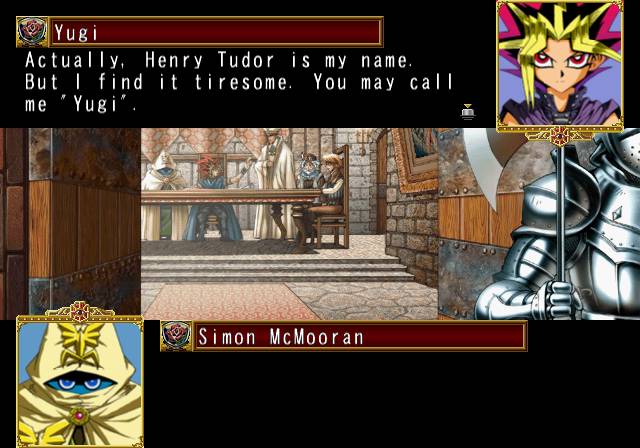
The game uses the Wars of the Roses, a historical real-life war that happened in England, as the backdrop for the narrative, with the Yu-Gi-Oh! characters taking the place of the actual historical person. This is something no other Yu-Gi-Oh! game or media have done, making the title stand out in a franchise as crazy as this one.
Players take the role of the Rose Duelist, who is summoned from the future to put an end to the war. It is possible to align oneself with both sides of the conflict, the Lancastrians led by Yugi or the Yorkists led by Seto. Unfortunately, the narrative changes little in regards to which side the player aligns itself with, but there are still some references and other uniqueness that make it worthwhile to play both sides.
Duelist of the Roses shines when it comes to its gameplay. Although the title is a sequel to Forbidden Memories, there's little from the PS1 game here, only its fusion mechanic and some of the rules are kept. The entire gameplay was reimagined, with the game being a fusion between the card game and Chess.

Duels are played on boards divided by grinds. Each player must have a 40-card deck, which can feature monsters, traps, and magic cards. One special monster is selected as Deck Master, which is used to summon other cards into the board. Players have to attack their opponent's Deck Masters to reduce their life points to 0 to be able to win the duel. It’s possible to move cards around the board and use the different terrains to its advantage offering extra attack power or obstacles.
Although Duelist of the Roses is an easier game than its predecessor, the additional strategic element of the board and different terrains make for a unique and different spin into the Yu-Gi-Oh! formula. Combined with the narrative, this is a game that shows a distinct side of the first days of Yu-Gi-Oh! as an IP. One in which Konami was more experimental and willing to give in to crazy ideas for the sake of making something different that could attract a new legion of fans.
Duelist of the Roses may have been seen by fans at the time as a weird experiment, but the game was successful enough to be named a PlayStation 2 Greatest Hits title back in 2006. It's not uncommon to find fans of classic Yu-Gi-Oh! wishing we could get a new title in a similar vein or even port it to newer platforms.
This title alongside a few other spin-offs, marked the end of a weird but fascinating era of Yu-Gi-Oh! games. With the Trading Card Game becoming more popular and the classic Yu-Gi-Oh! series coming to an end in Shonen Jump, Konami decided to shift to a more standard focus in hopes of bringing it all together into one space they could easily control.
The end of an era
By the end of 2004, Konami started to shift focus when it came to Yu-Gi-Oh! games, making more advances in releasing simulators that they could use for official tournaments held in Japan. The manga also ended, and Kazuki moved on to the next Yu-Gi-Oh! series, as well as other projects, distancing himself from the game side.
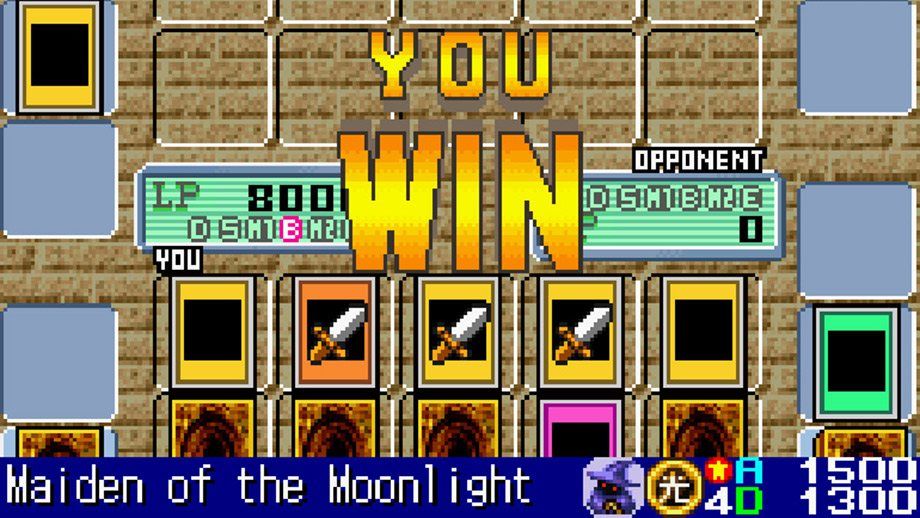
Satoshi also stepped down as the producer for the Yu-Gi-Oh! series on Konami. His last title in the franchise was Yu-Gi-Oh!: Capsule Monster Coliseum, released for the PlayStation 2 on July 29, 2004. Capsule Monster Coliseum was one of the last spin-offs in the franchise that didn’t focus on the card game as a whole, instead choosing to once again go back to Capsule Monster.
According to his page on MobyGames.com, after Capsule Monster Coliseum Satoshi Shimomura would then take the role of producer in a few games based on Shaman King and Rave Master, both manga series, between 2004 and 2005. Afterward, his credits end, and we can assume he either retired or moved to another position inside Konami.
Not weird enough, right after Capsule Monster Coliseum, Konami would then shift focus and release simulator games, using the official TCG rules and usually following a storyline close to the anime. There were a few spin-offs that spiced the formula, but none so widely as the games of old.
Yu-Gi-Oh! has become a cultural phenomenon in large part thanks to Konami in the early days of its video game lineage. What will come next after 2022's Master Duel on Nintendo Switch is anyone's guess, but there's little doubt the franchise will continue to thrive in games.